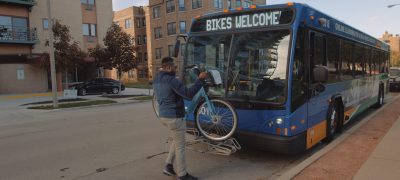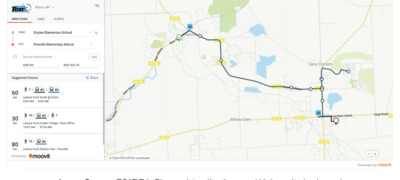
Since the concept of Mobility as a Service (MaaS) was defined in 2014 by Sonja Heikkilä, many transportation agencies around the world have explored the potential of creating MaaS and have piloted MaaS. However, many of the pilots and deployments are in urban areas. Typically, these areas have not only robust public transportation, but also other mobility services such as bikesharing, scootersharing, carsharing, ridesourcing, etc. This white paper focuses on the application of MaaS in a small urban or rural area, which looks different from a large urban implementation and typically has different goals than large-urban deployments.



